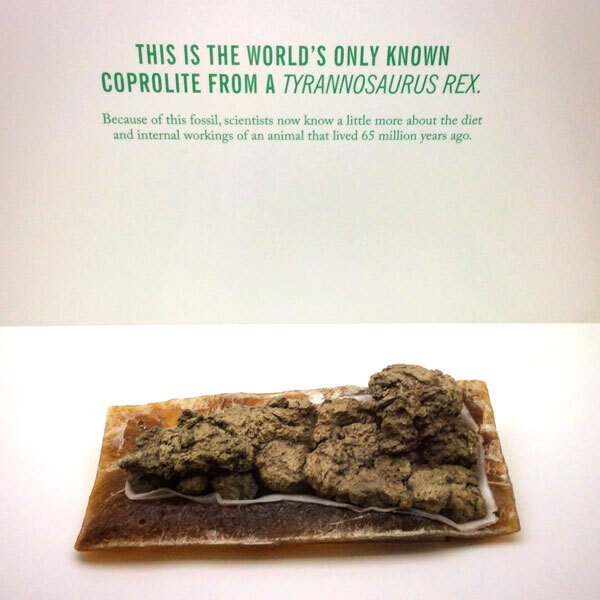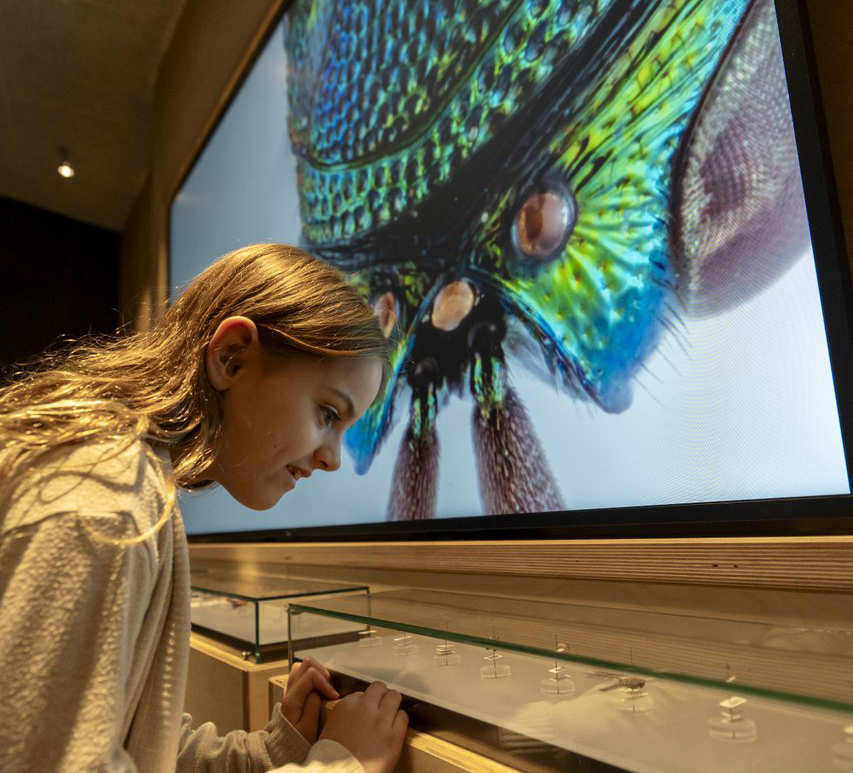
It was one of the very few times in a paleontologist life that within minutes of discovery, even before it was collected, that Wendy Sloboda, then a technician with the Royal Saskatchewan Museum, and I looked at each other, and exclaimed “Wow!”. In the full heartiness of this three-letter word were the endless possibilities echoing in our heads that we overlooked some of the best stretches of badlands in southwestern Saskatchewan. This discovery was not so far from a very rare dinosaur skeleton, Scotty, the T. rex.
In 1995, the excavation of the famed Scotty the T. rex skeleton was still ongoing. Shovels, pick axes, chisels, scalpels were furiously working its way through the cemented sands that contained the it. Temperatures were a little less punishing that year, but repetition was mounting. Wendy and I took a break from this, and prospected for new finds down the valley. At the top of one section, representing a few thousands of years after Scotty was laid to rest, but still within the rocks called the Frenchman Formation, we carried on. Wendy drew my attention. We looked at the globular spill of contorted hardened clay, amongst all the soft clays around it and we momentarily puzzled over it. We both questioned, "Coprolite?". Picking up the broken pieces easily showed bone fragments, angular, somewhat parallel, and hundreds of them. But who? We knew our theropods well. There was only one that could have evacuated this mess: T. rex. But the questioned remained. How significant is this? And within two years, the specimen was handled, studied, bone fragments sliced and diced. What emerged was a very high level publication, announcing to the scientific community, and the world, of the first coprolitic mass from a tyrannosaurid, likely a T. rex.
This coprolite is only one a few found in Saskatchewan. Yes, it reached fame, as in a major spread in the 2014 Scientific American special issue on dinosaurs. (One author even described this coprolite find quite imperfectly, removing our original insights, but as they say, any news is worthwhile.) The idea of recognising value of every piece in earth history is essential for scientific advancement. Some of the other coprolitic discoveries in Saskatchewan, include seeds found within coprolites, establishing a new species. Or, those of a marine reptile of some sort, a mosasaur, or plesiosaur. These have all been found here in Saskatchewan. And it’s my fortuitous tripping over these materials in the field, or, safely in museum collections that is of some comfort. I can say that my record includes some significant…poop. That’s not too bad at all.

